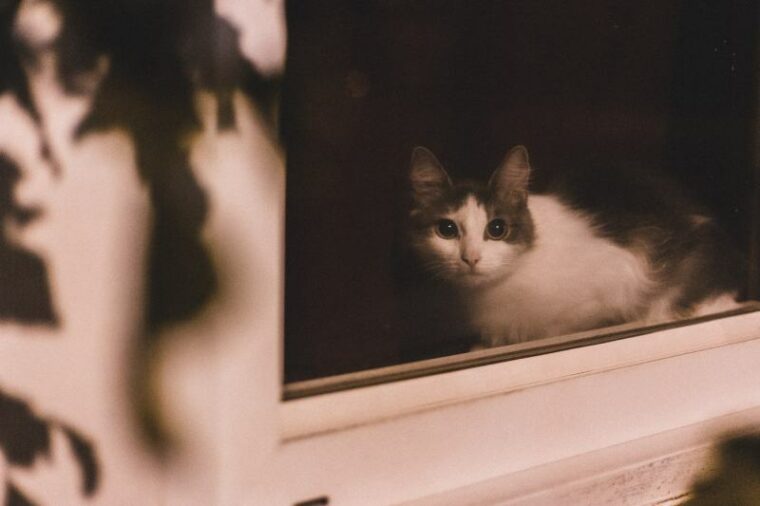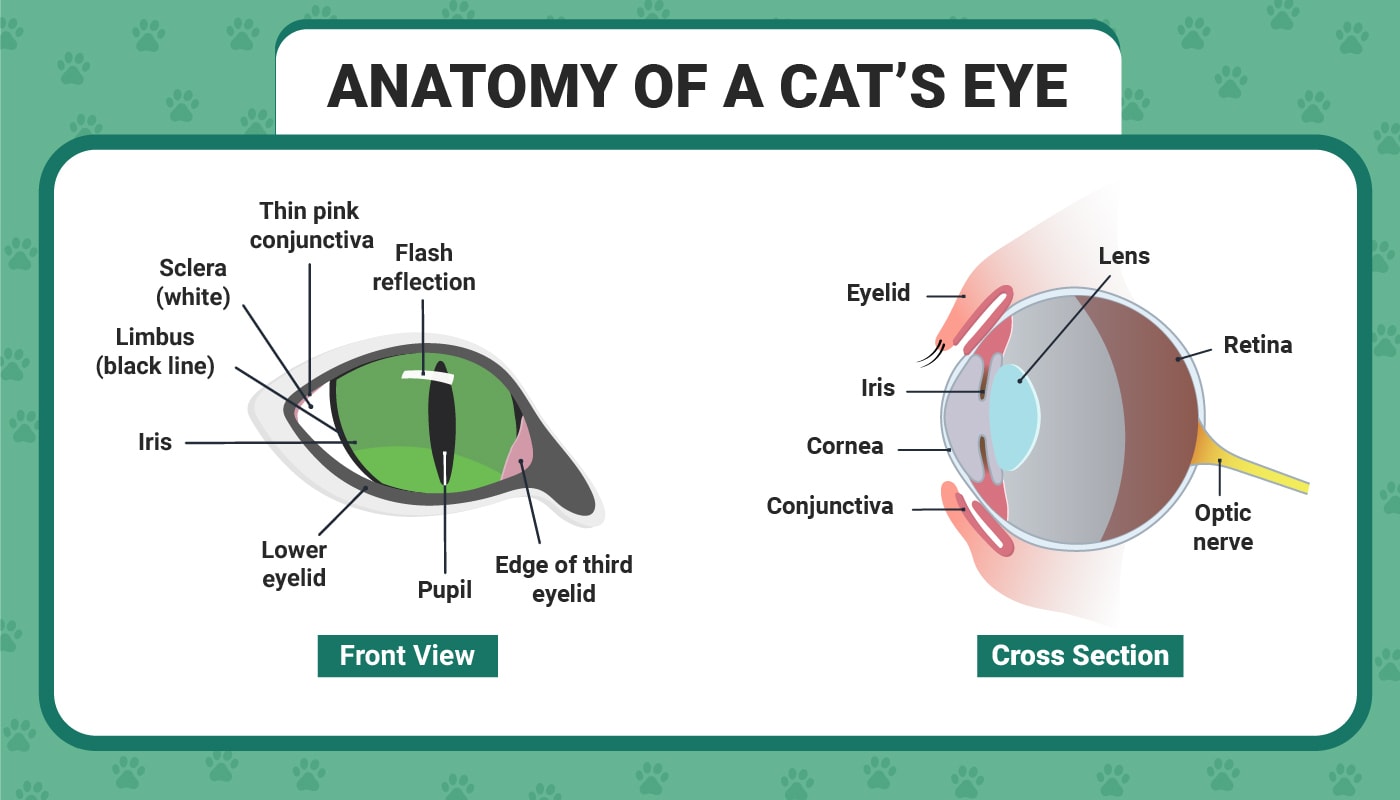
Smashed vases, toppled piles of books, and 3 a.m. meows from your kitchen counter all attest to the fact that felines love to work the graveyard shift. Given the high amount of mischief conceived during these hours, it would be reasonable to wonder if cats can actually see what’s going on! Are they meticulously planning their midnight rendezvous, or is it simply a coincidence that they are most active when it interrupts our sleep?
Cats are classified as crepuscular rather than nocturnal, meaning they are most active during the dusky twilight hours of dawn and dusk, sleeping away much of the daylight hours. Despite the chaos that often accompanies their evening shenanigans, cats can see extremely well in the dark.
How Crepuscular Cats See in the Dark

No animal can see in complete darkness; in order to process visual stimuli, there must be at least a tiny amount of light. The only animals that can “see” in total darkness are those that rely on other senses to create a visual interpretation of their surroundings, such as sonar in bats. Cats are adept hunters, and most of their prey-stalking happens in very low light, which is possible due to their superior night vision.
The way in which we process light depends on the number and proportion of rods and cones (which have nothing to do with fishing or ice cream!), the two types of photoreceptors located on the retina at the back of the eye. Rods are very sensitive to low light levels, and are responsible for seeing in the dark, and peripheral vision, whereas cones decipher colors and help in the daylight. How the two are distributed tells us a lot about the habits of a species and how their visual range reflects their lifestyle.
For example, humans have a ratio of approximately 20:1 of rods to cones, but this ratio is different depending on which part of the retina we are looking at. In the fovea, the central region of the retina, there are no rods, only cones. Thanks to this distribution and proportion, we are able to see a wide range of colors, shapes, movement, and fine details. On the other hand, in the cat’s retina, the maximum ratio goes up to 100:1, with the number of rods hugely outnumbering the cones. This means that their ability to see objects, shapes, and movement in the dark is far superior to our lowly diurnal capabilities. When it comes to colors, humans have evolved to have a trichromatic vision, allowing us to appreciate the tonal variations of a Monet or enjoy the dazzling hues of a sunset in a much richer way than our feline friends.
While most humans can detect all the colors of the rainbow, cats see mostly in gray, blue and yellow, like a technicolor movie without red or pink. If you’re curious about what the world looks like from a cat’s perspective, check out these cool photographs that contrast feline and human vision.
A feline’s slit pupils dilate and constrict more readily than ours, which also helps them adjust better to light levels. Their ability to alter how much light passes into their eyes is an incredibly useful adaptation since they hunt during the day and night. You may have noticed that in daylight, your cat’s pupil looks like a thin line, but in dark conditions, it becomes large and round. This allows more light to reach the back of the eye, which is further enhanced by the reflective surface of the tapetum lucidum, a membrane that reflects light back to the retina like a mirror. This is the structure that gives cats’ eyes their distinctive luminous glow at night.

Aside from their excellent night vision, cats can smell and taste at the same time through an organ on the top of their mouth called the vomeronasal organ. If you’ve ever seen your cat pause with their tongue hanging out of their mouth, or intensely sniffing while licking, they’re likely putting their vomeronasal organ to use using this Flehmen response. Their sense of smell is at least 15 times greater than humans, and it might surprise you to learn that cats actually outrank dogs when it comes to who has the best nose. Unfortunately, their independent nature makes them unlikely candidates for the next generation of service animals, though it would be great to watch a sniffer-cat hard at work in an airport!
Cats are well-equipped in the auditory department as well. They can pick up frequencies three times higher than the average human’s limit. This is an excellent skill because it allows them to detect the quiet chirps of small prey animals. Even their fur is designed to maximize their hearing, with the wispy hairs inside the ears able to detect micro movements created by soundwaves, and the bristle-like fur between the eye and ear helping to direct sound into the ear canal.
Cats also feel their world through their whiskers, claws, and tail. All of these features guide them when balancing and making decisions about whether they can safely jump on top of a cabinet or squeeze through the door. Cats don’t have collarbones, so they can sliver through narrow openings. In extremely low light situations when even their vision isn’t good enough to fully rely upon, their flickering whiskers detect distance and movement, and let them know whether it’s safe to proceed.
Conclusion
Although no animal can see in complete darkness, cats come pretty close to having the best night vision in the animal kingdom.
Given their relatively large number of rods, felines can see in a dark room almost as well as they can in the daytime. Their stealthy demeanor, flexible bodies, and sensitive nature equip them well as crepuscular animals who mostly hunt in dim light, but are more than capable of finding a meal anytime of day or night. Their night vision, hearing, and sense of taste and smell are all better than ours. Plus, they have whiskers, tails, and claws to guide their way towards their next snack.
Featured Image Credit: Erik Mclean, Pexels







